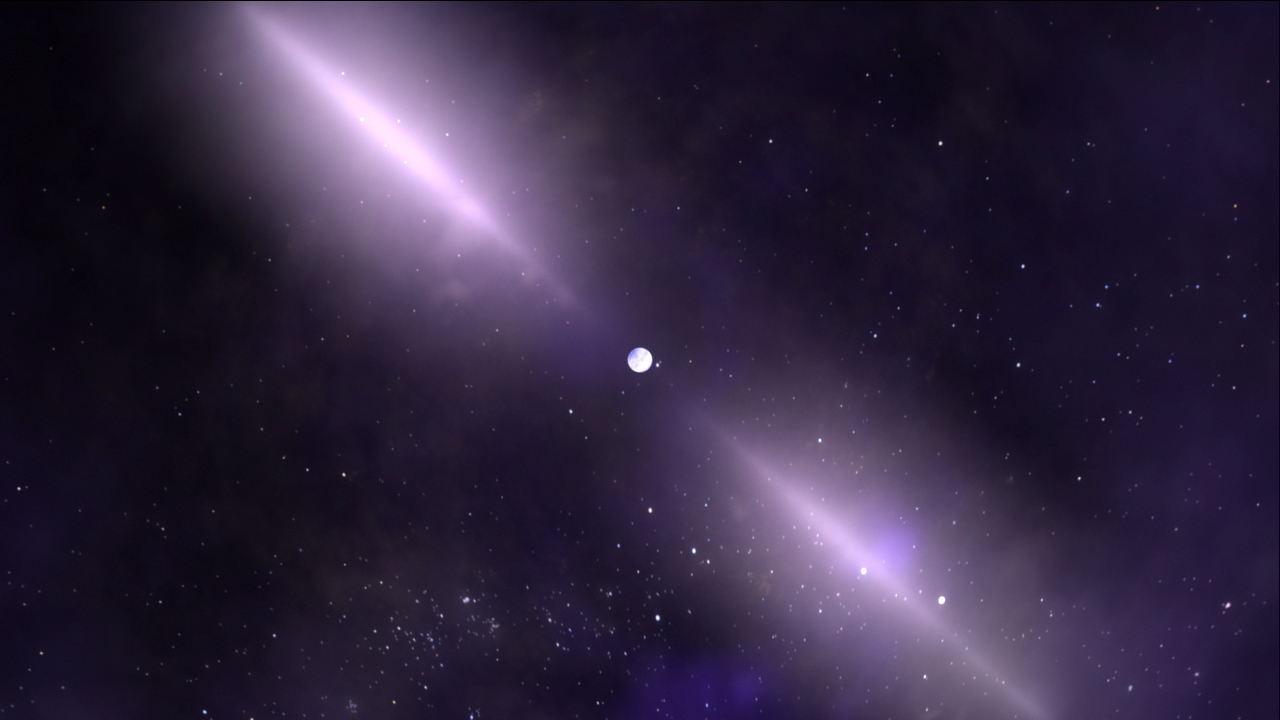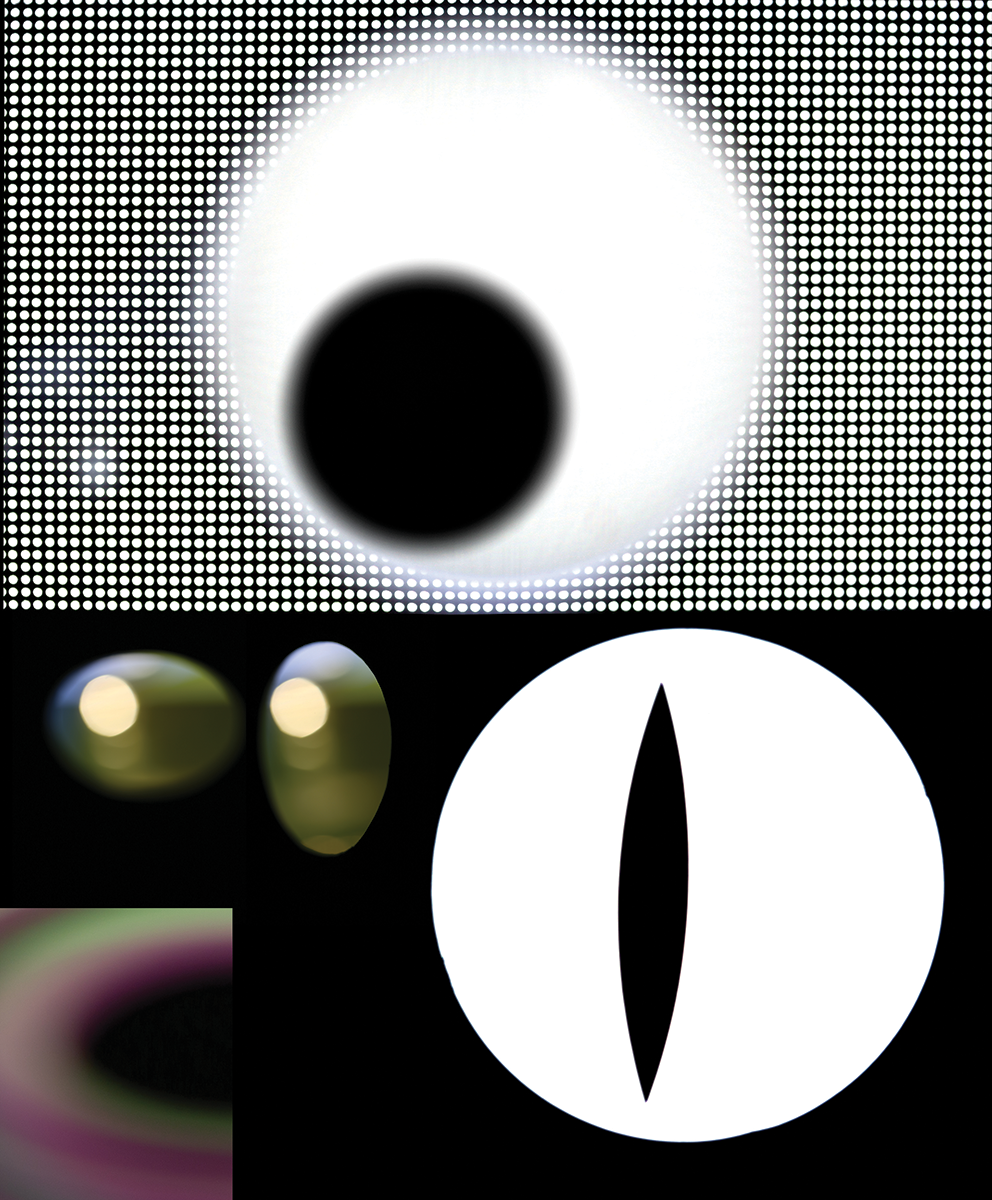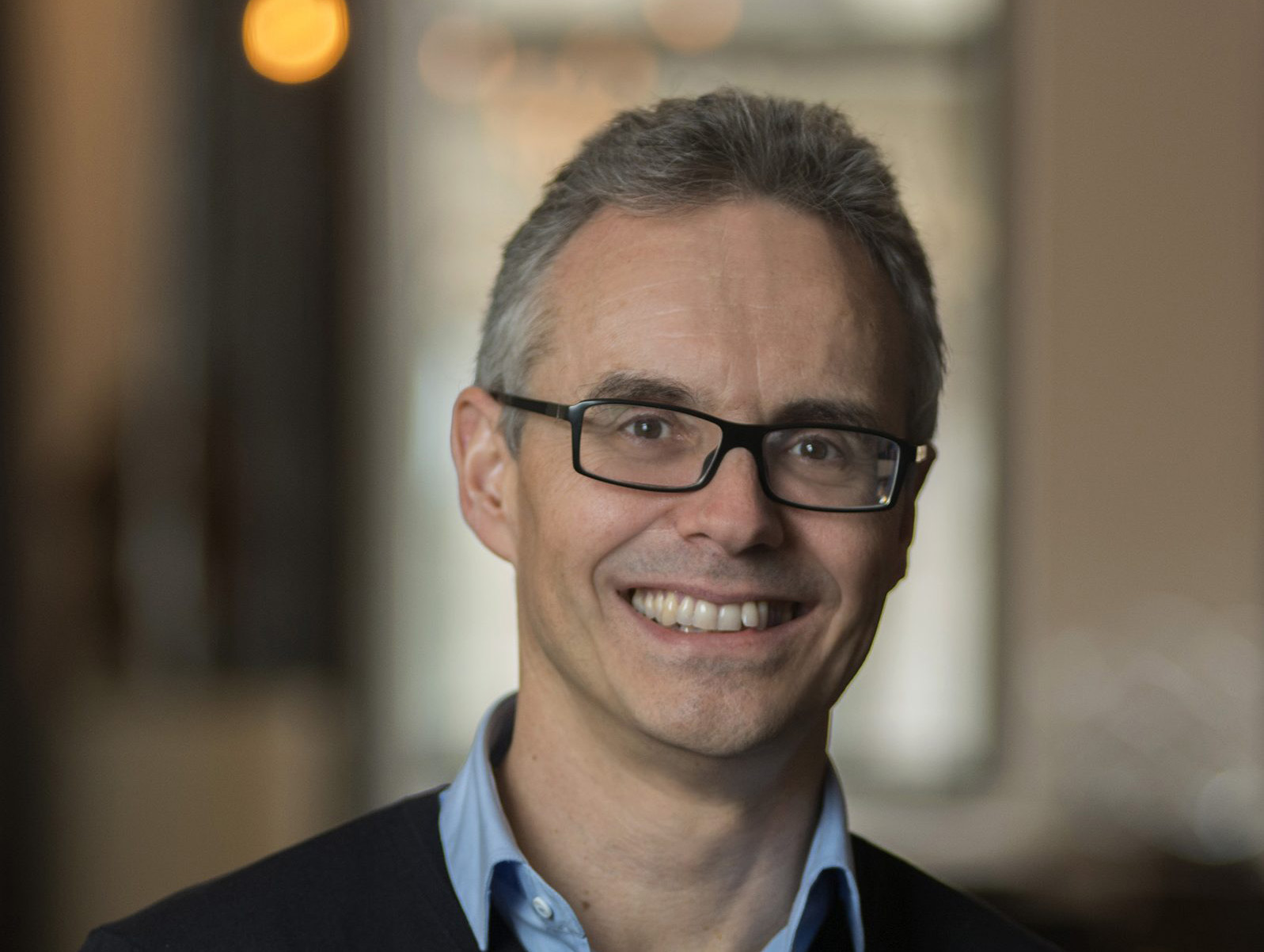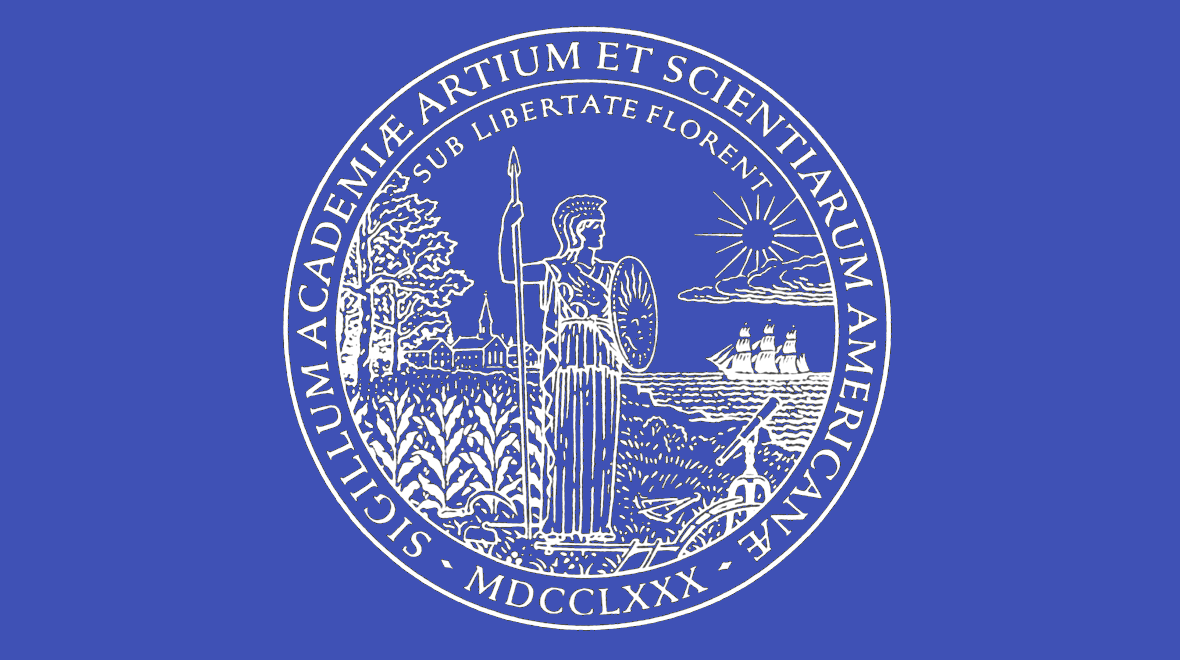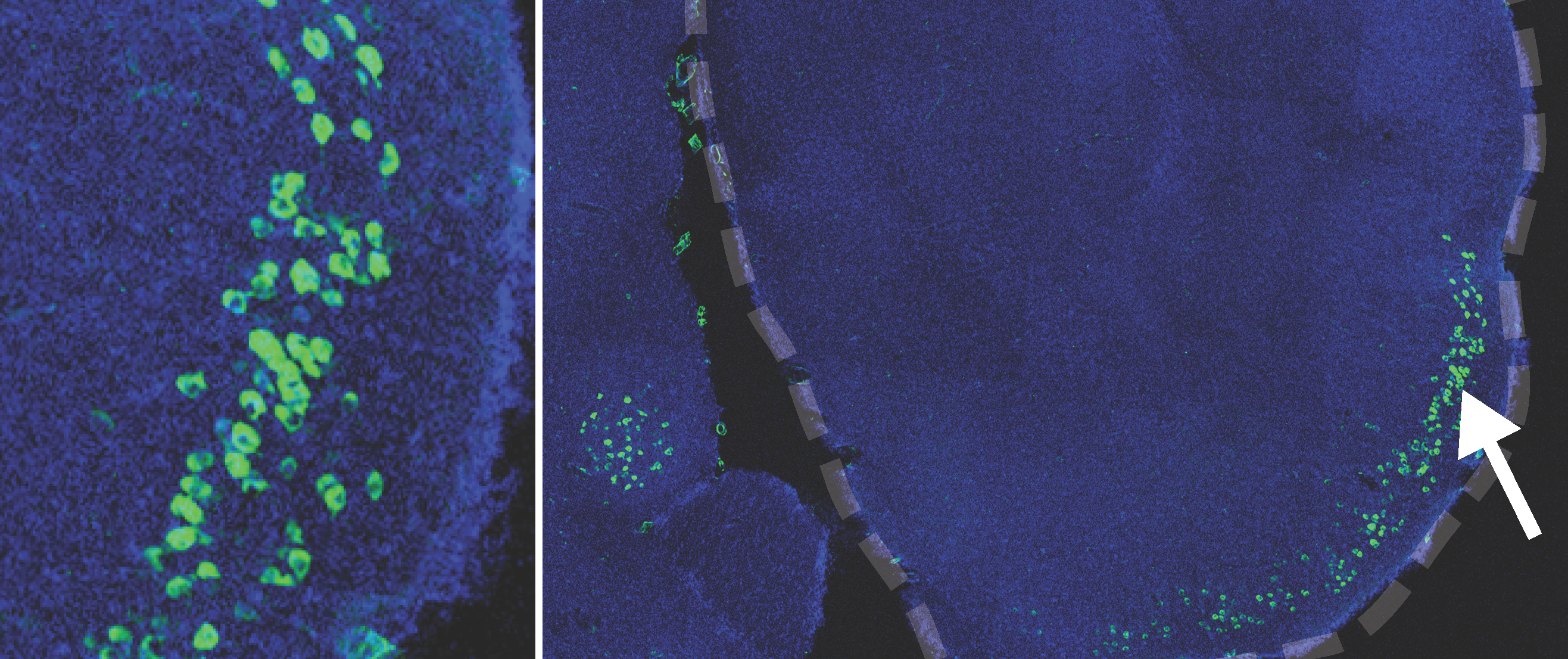
Plasticity May Make Neurons Vulnerable to Alzheimer’s Disease
Simons Foundation, June 2020Neurons that regularly remodel are more prone to Alzheimer’s disease and die when that remodeling goes awry, a new study suggests. The work is the first to track the progression of Alzheimer’s at the genetic and molecular levels within neurons vulnerable to the disease.
